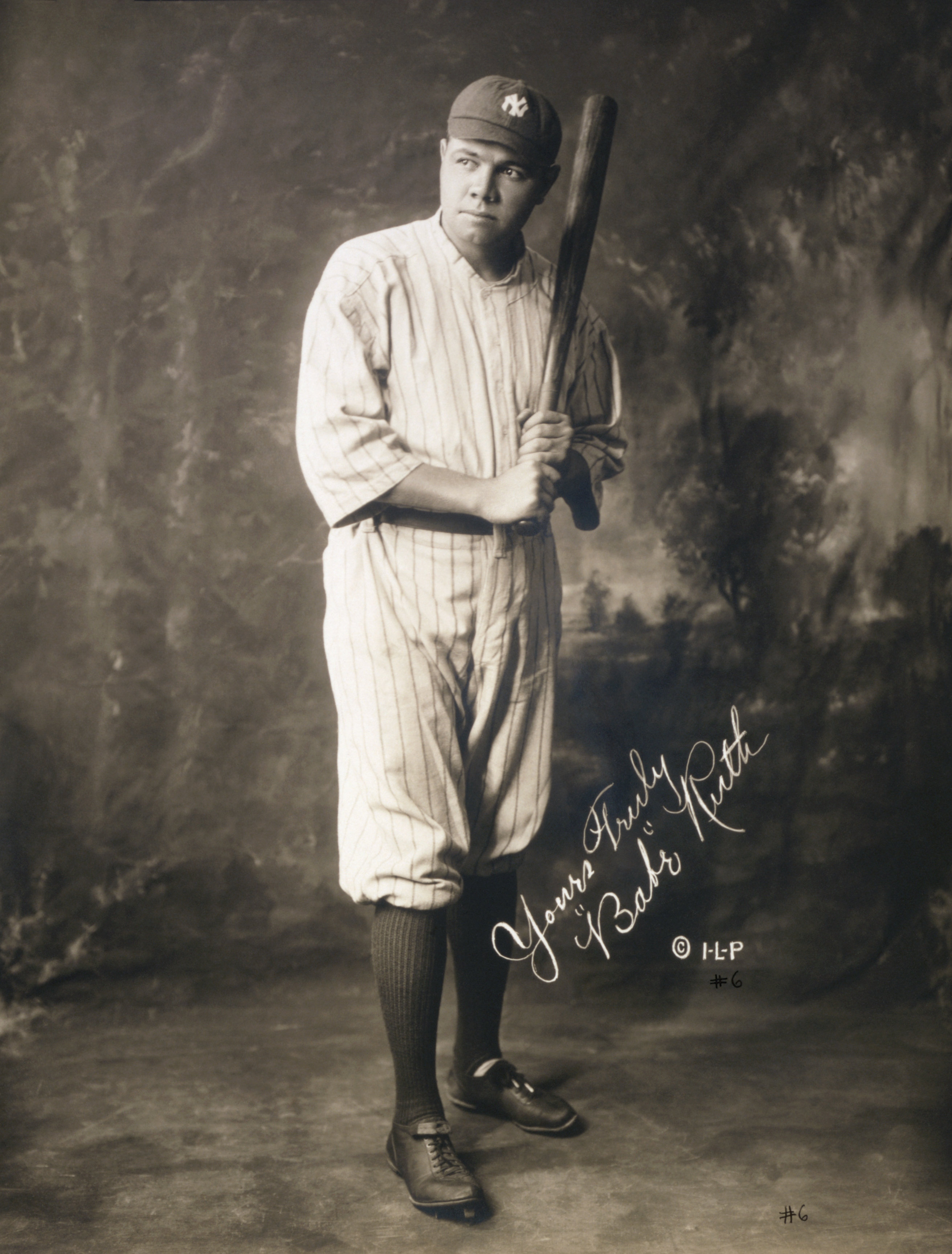
I've been wondering how gang typography/ graffiti came to be such an identifiable style, when there are so many types of gangs in the world: why do they look so similar? Fat, bubble letters, angular shapes, and Gothic or Old English styles. It doesn't matter if you're on the East or West coast, they have the same characteristics. The style is too systematic and difficult to decipher to be purely artistic and intuitive. So I crawled some web forums, but didn't find any satisfactory answers about why they choose the font styles they do. Several sources did say that modern graffiti we all recognize today was informed by WWII, with the influence of old style fonts. I did find some other interesting quotes from former gang members or people familiar with the culture:

"It looks the same because it is shared info. It is like learning a second language. Graffiti styles also vary by region. However, common threads spread as the gangs spread. When a Los Angeles MS-13 member moves to Virginia and forms a clique here -- he shares the style he learned in LA. When a Chicago Gangster Disciple moves to New Jersey, he teaches how to be GD to the folks he gathers around him. They teach a kid who later moves to Virginia. So, we get very similar GD material in VA. Gangs move around a lot and the information gets shared.
There are 3 main types of graffiti. Tagger, Gang, and "Other." Taggers are marking territory to prove they can, as a loose rule. They're typically more artistic or stylistic. Gang graffiti is absolutely marking turf; it's showing who's here, and what's going on. It's going to be pretty straightforward as a general rule. "Other" includes lots of stuff, from "Billy Loves Susie" to hate graffiti (which can sometimes be gang graffiti), to druggie graffiti... and more.
Different styles spread through word of mouth, through travels of the so-called artists.
This particular site points out that Latino gangs particularly like Old Style English fonts, though does not explain why (and I could not find online!)

Blanche
http://eyemagazine.com/feature.php?id=98&fid=485
http://www.streetgangs.com/graffiti/hispanic/ela13.html
http://www.arthistoryguide.com/Graffiti_Art.aspx
http://en.wikipedia.org/wiki/Graffiti#Characteristics_of_common_graffiti
http://ilovetypography.com/img/grafitti.jpg
http://www.graffiti.org/












 The White Stripes, a famous American garage band, consisting of the duo- Jack White (vocals/guitar) and Meg White (drums/vocals) famously named there second studio album, "De Stijl". Lead singer Jack White had been an admirer of the movement for a long time, especially of furniture designer Gerrit Rietveld who also designed the Rietveld Schröder House, which Jack and Meg White visited while on tour in the Netherlands.
The White Stripes, a famous American garage band, consisting of the duo- Jack White (vocals/guitar) and Meg White (drums/vocals) famously named there second studio album, "De Stijl". Lead singer Jack White had been an admirer of the movement for a long time, especially of furniture designer Gerrit Rietveld who also designed the Rietveld Schröder House, which Jack and Meg White visited while on tour in the Netherlands. The De Stijl Movement, or neoplasticism, was a Dutch artistic movement founded in 1917. In a narrower sense, the term De Stijl is used to refer to a body of work from 1917 to 1931 founded in the Netherlands. The De Stijl sought to express a new Utopian ideal of spiritual harmony and order. Proponents of this movement advocated pure abstraction and universality by a reduction to the essentials of form and color; they simplified visual compositions to the vertical and horizontal directions, and used only primary colors along with black and white.
The De Stijl Movement, or neoplasticism, was a Dutch artistic movement founded in 1917. In a narrower sense, the term De Stijl is used to refer to a body of work from 1917 to 1931 founded in the Netherlands. The De Stijl sought to express a new Utopian ideal of spiritual harmony and order. Proponents of this movement advocated pure abstraction and universality by a reduction to the essentials of form and color; they simplified visual compositions to the vertical and horizontal directions, and used only primary colors along with black and white.













 Ralph Samuelson of Minnesota invented water skiing in 1922. After unsuccessful attempts of skiing on water with barrel staves and snow skis, the 18-year old tried out pinewood boards with curved tips. For the tips, Samuelson applied boiler steam to the 8' x 9" wooden boards. Other materials were used as well: an iron ring for a handle and 100 feet of cord for a towrope.
Ralph Samuelson of Minnesota invented water skiing in 1922. After unsuccessful attempts of skiing on water with barrel staves and snow skis, the 18-year old tried out pinewood boards with curved tips. For the tips, Samuelson applied boiler steam to the 8' x 9" wooden boards. Other materials were used as well: an iron ring for a handle and 100 feet of cord for a towrope. Ralph Samuelson was born on July 3, 1904. He was the official inventor of "water skiing" where he performed his ideas in the summer of 1922 in Lake City, Minnesota around the age of 19 years. While the sport of aqua planning, or standing on a single board while a powerboat pulled you, was already existent, Samuelson had ideas about creating something such as snow skiing on water. Ralph practiced his experiments with different materials of wood on Lake Pepin, which was a wide portion of the Mississippi River between Minnesota and Wisconsin.
Ralph Samuelson was born on July 3, 1904. He was the official inventor of "water skiing" where he performed his ideas in the summer of 1922 in Lake City, Minnesota around the age of 19 years. While the sport of aqua planning, or standing on a single board while a powerboat pulled you, was already existent, Samuelson had ideas about creating something such as snow skiing on water. Ralph practiced his experiments with different materials of wood on Lake Pepin, which was a wide portion of the Mississippi River between Minnesota and Wisconsin.


